Pre-Race – An Extremely Lucky Escape
Only a couple of hours before my departure by airport bus, I was nervously waiting at The Bike Mechanic, in Balgowlah with owner, Jordon, finishing a race service on my Giant Anthem (I had chosen this bike because it is more rigid and slightly lighter than the Turner Czar and therefore more suitable for the longer distances to be ridden in Mongolia. Jordon kindly boxed the bike and I was ready to fly – or so I thought.
When it comes to reading the aforementioned race handbook, I have frequently been found wanting. One year, at the 100 km Capital Punishment race, I followed a group of bike laden cars to the race start only to realise, five kilometres in, that I was actually in the wrong race and must have turned up to the 50 km, not the 100 km start line.
Today, I was worried about the baggage restrictions which vary greatly between airlines. Last month, travelling to the Sudety stage race in Poland, Emirates Airlines allowed for 30 kilos and had let me fly with 35. Air China, however, only allow 23 kilos and it is impossible to buy excess baggage before flying. I was expecting to pay US $150 and with 35 kilos I braced myself for the hefty charge. Little did I know that was to be the least of my worries.
I was casually chatting to a colleague from work, who just so happened to get on the same airport bus, when the bus ground to an alarming halt. I looked round to see we had turned into gridlock in the centre of Sydney at peak hour. With a nervous and embarrassed tone, the driver announced he had taken a wrong turn (damn right Columbo) and asked if we knew the quickest route back to the airport road. I had two hours before my flight departed and I visualised running through the airport gate as the plane started to taxi for take off. I gulped, anticipating disaster. We hastily directed the driver back to the airport road and, possibly quite miraculously, the traffic dissipated and we were soon moving quickly again. Disaster was averted – for now.
I had booked online, and confidently strode up to the check-in desk. As I handed over my printed boarding pass and Australian passport, the assistant shook his head. Was it the weight of my bag? I hadn’t even put my bike on the scales. ‘Where are you going?’ he asked. He had my boarding pass so why was he asking? ‘Uluumbaator, Mongolia’ I replied slightly perplexed. ‘Where’s your visa?’ ‘What visa, you don’t need one…do you? ‘Can I have your ticket please.’ I quickly replied I had my British Passport. He took both passports and my ticket and disappeared. Minutes later he re-emerged and told me that an Australian Passport needs a visa. But, fortunately, I could fly out with my Australian passport and enter China and Mongolia with the British one!
The fact that I had my British passport was another stroke of luck. An attempted delivery had been made to my home address just days before but, without a signature, it had been returned to DHL, the courier. I arranged, on the internet, for it to be delivered to my work address but it never materialised. Later that day, I phoned DHL and was told that passports could only be delivered to the original address for security purposes. I could either stay in all morning between 8 and 12 or I could pick it up from the airport depot. Unable to take the morning off work, the only option was to make the time-consuming journey to the airport. I nearly didn’t go. I had travelled to Poland, the Czech Republic and England on an Australian passport so why not Mongolia? But, in the end, I did go.
Perhaps I have a Guardian Angel. At times, I have incredible luck. More than my fair share perhaps. For the second time in a month, my stage racing endeavours had been saved in the eleventh hour. In Poland, my saviour was a German called Andreas who I had first met at the Crocodile Trophy and who had kindly organised for a replacement brake be brought 10 hours from the German city of Freiberg. This time it was the newly attained British passport I so nearly didn’t collect.
And a final point. Amongst all the drama over the visa, my bags and bike, so clearly over the weight limit, were passed through without an extra charge being levied. But I insist, please don’t try this one for yourselves…
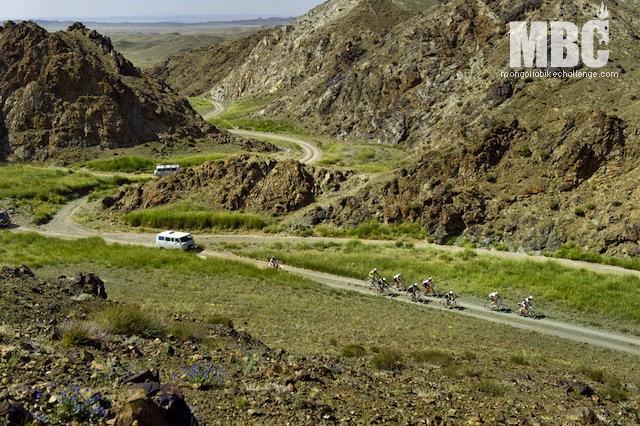
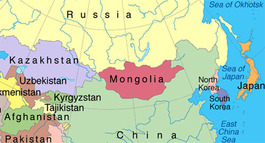
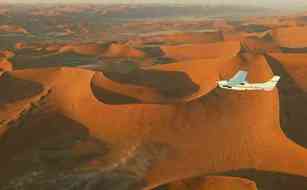
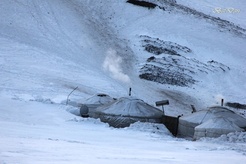
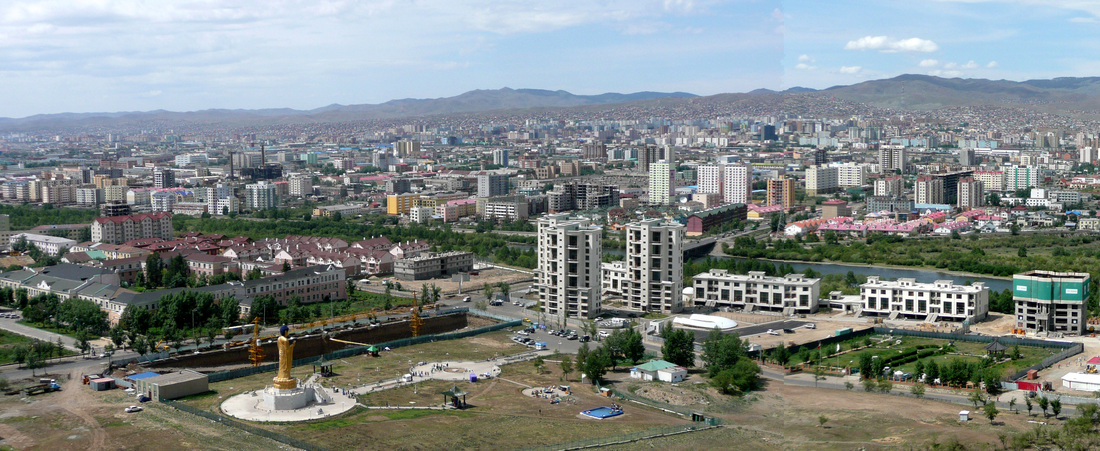
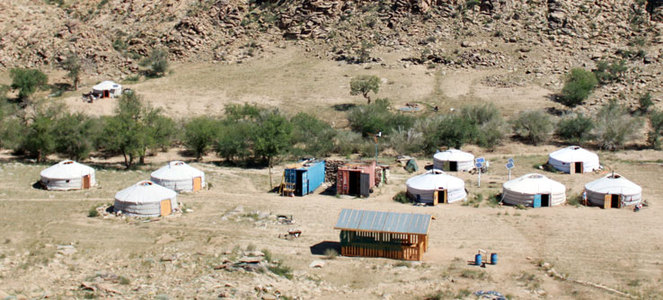

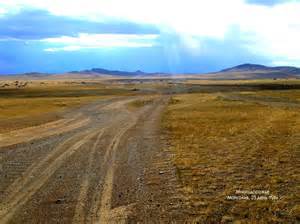
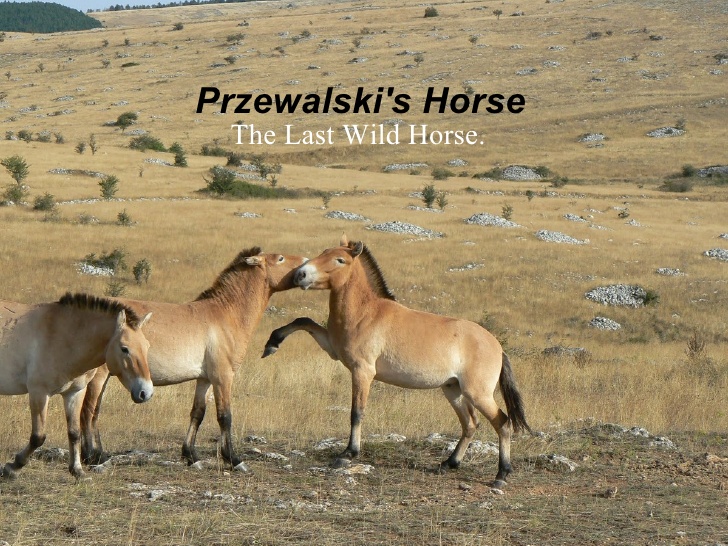
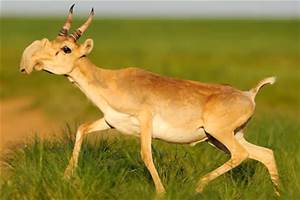
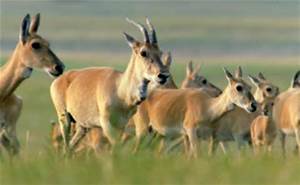
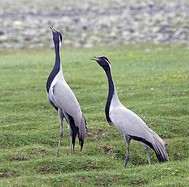
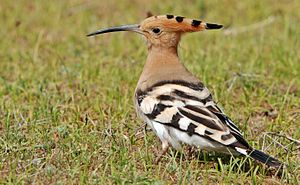
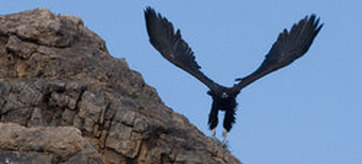
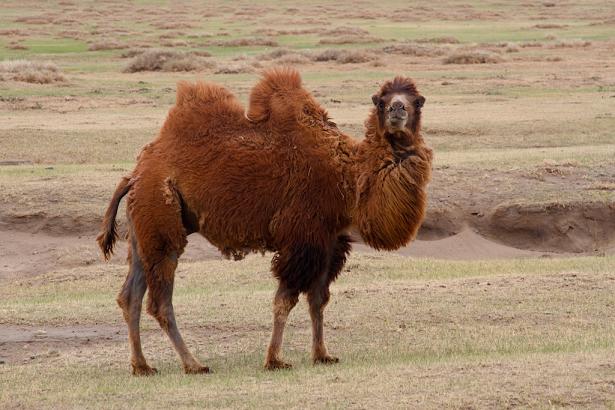
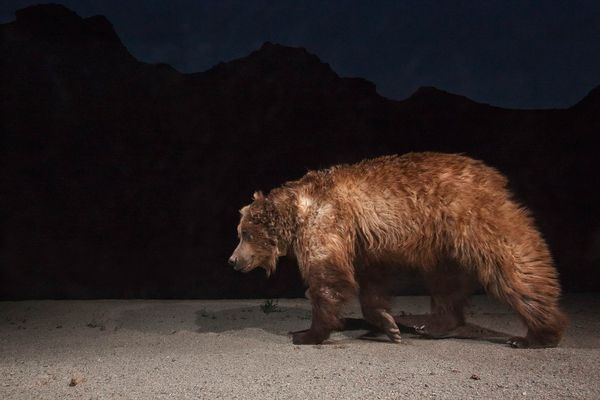
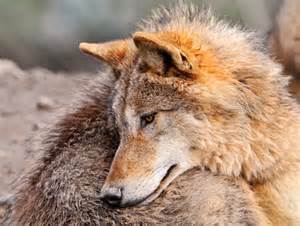
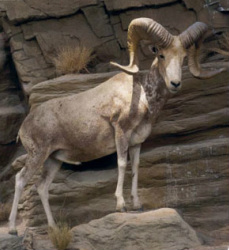
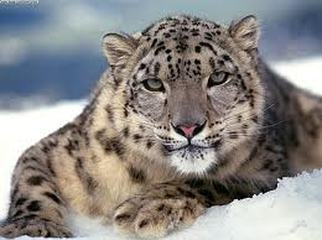
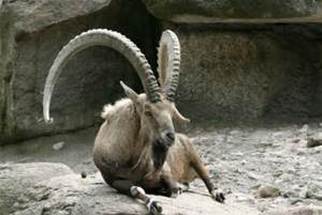
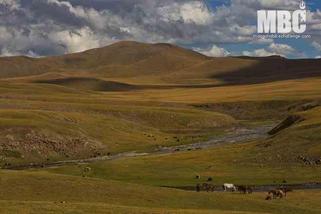
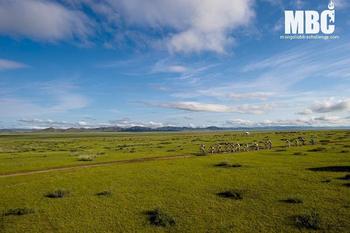
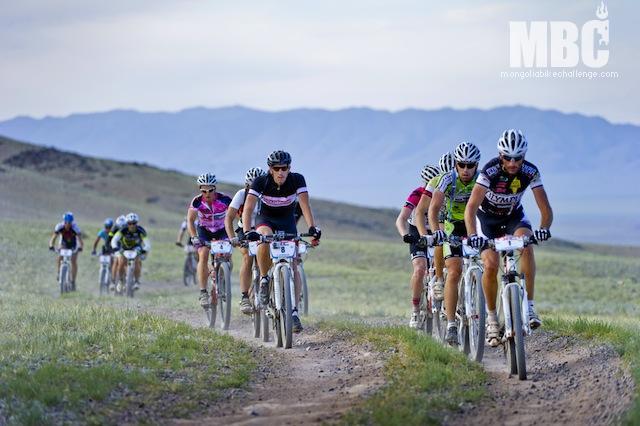




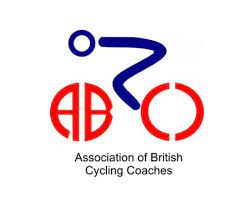
 RSS Feed
RSS Feed
